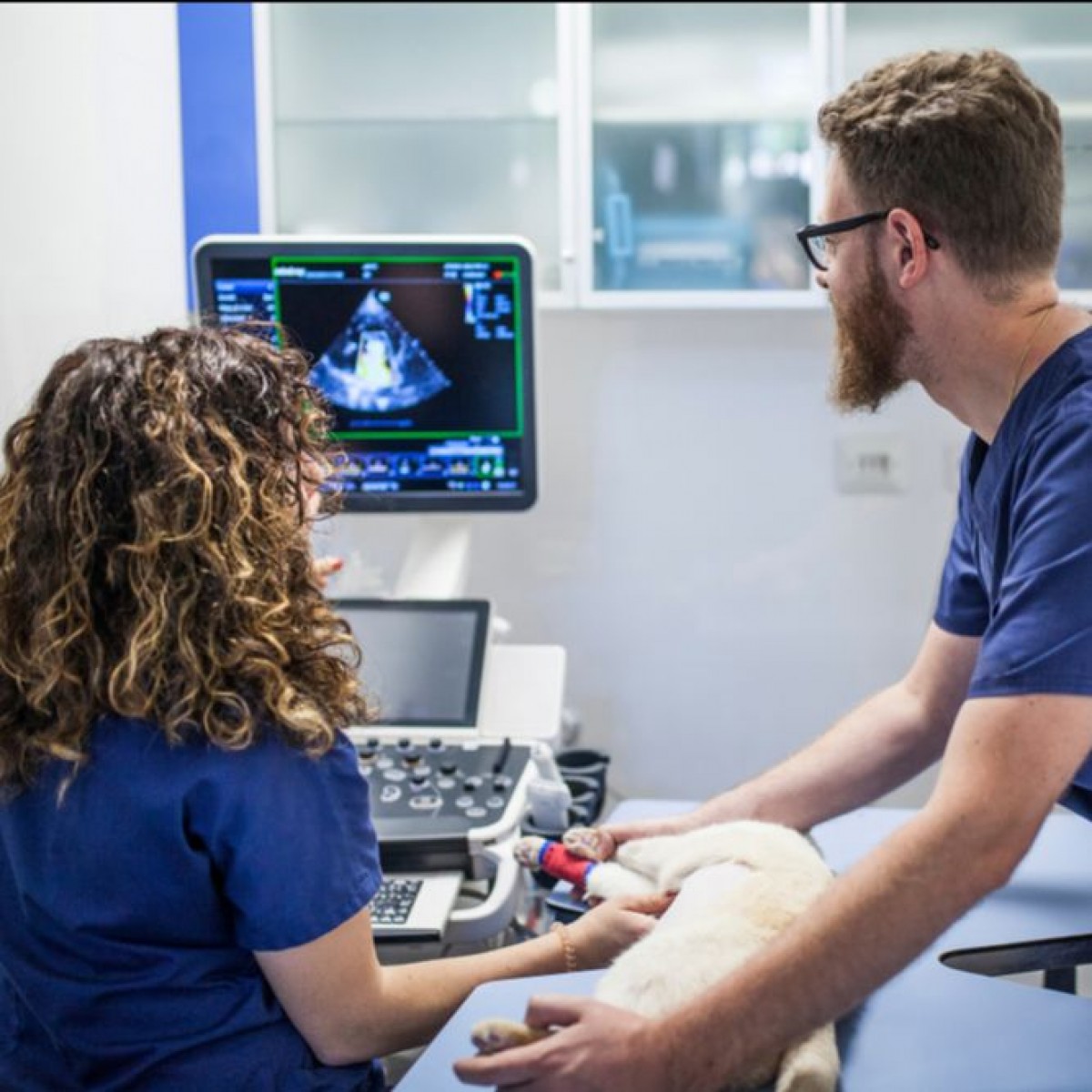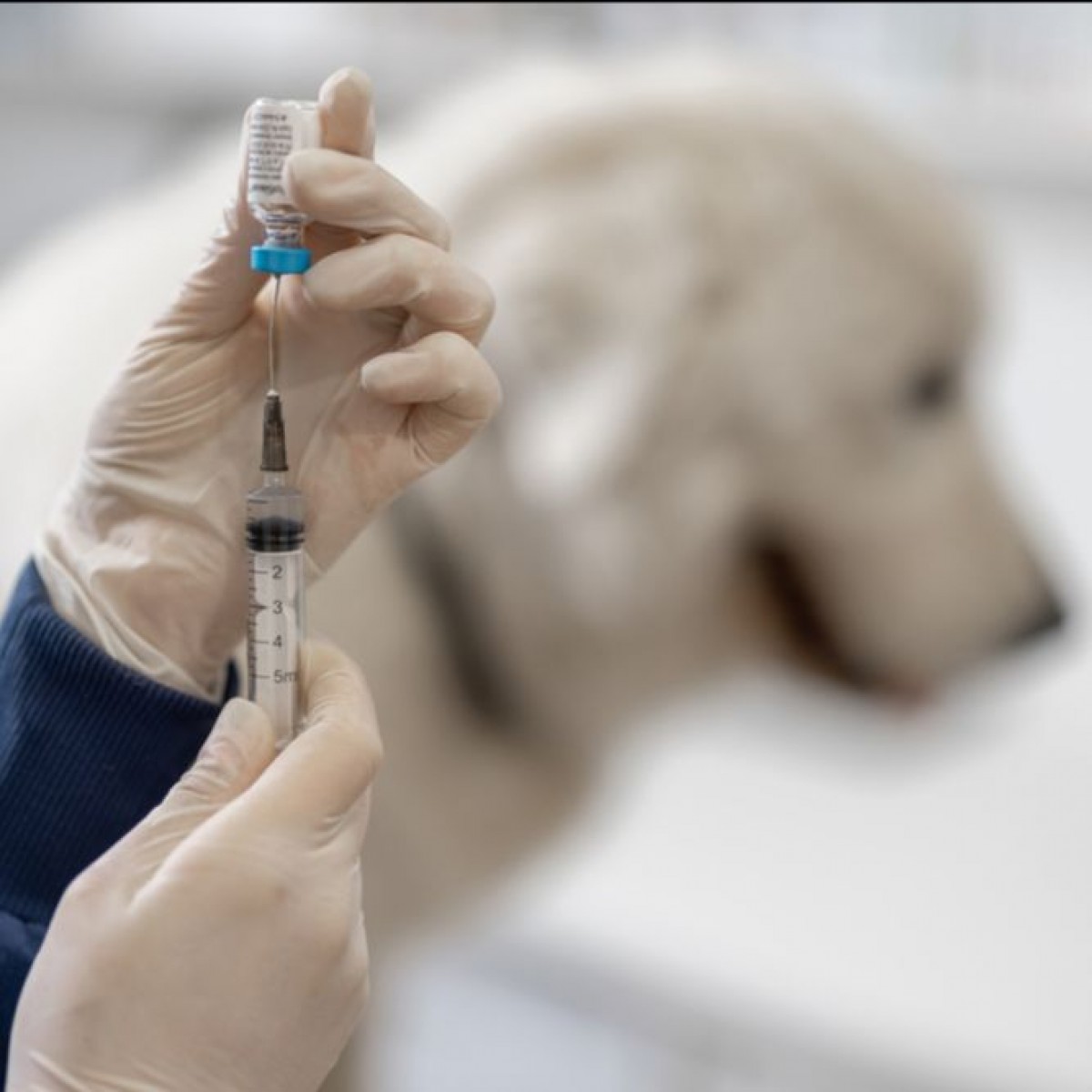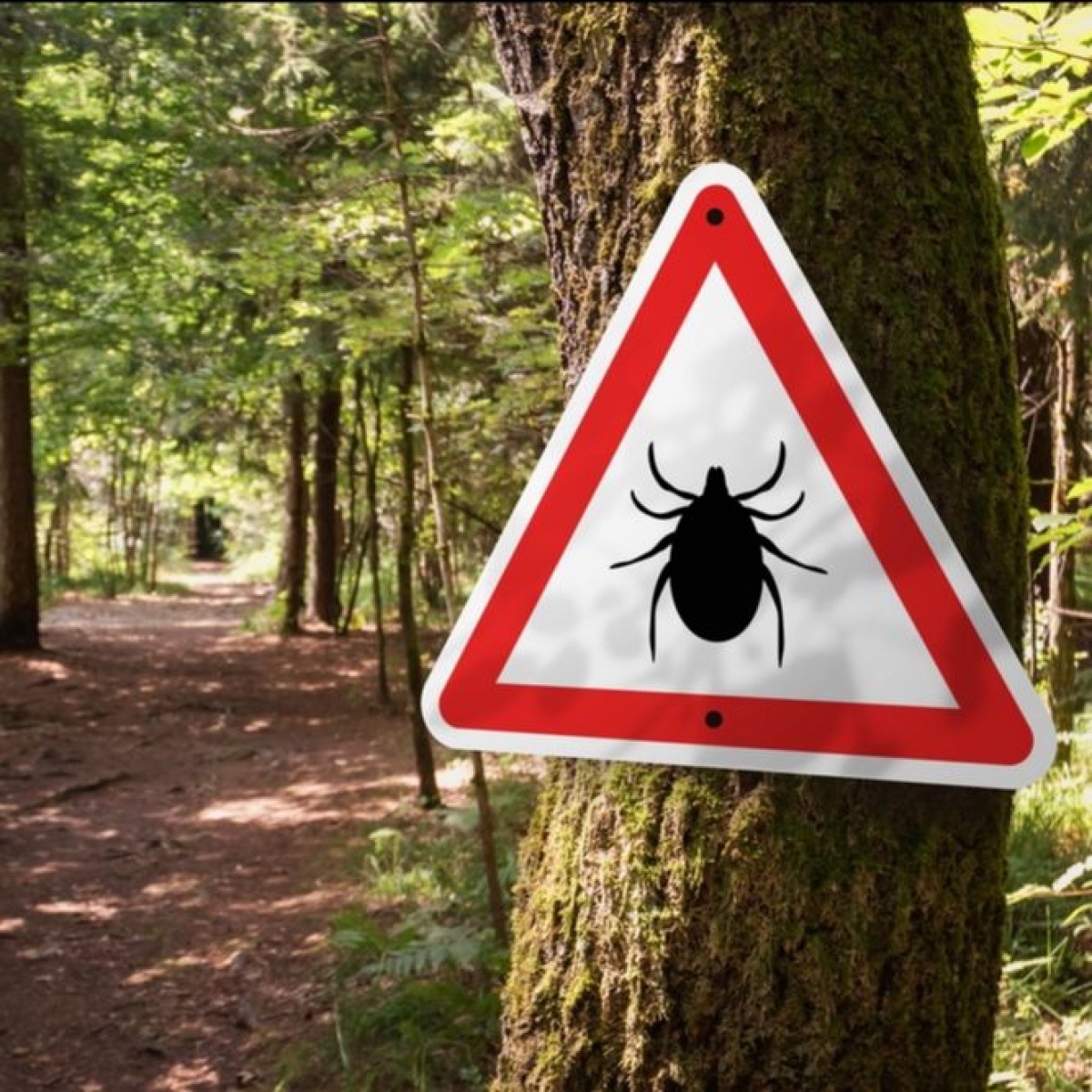Veterinary experts discuss how to detect, diagnose periodontal disease
Pets often don’t outwardly show they are in pain, but specific behaviors may help pet owners seek out medical help. This September, for Animal Pain Awareness Month, the expert advisors for OraStripdx are calling attention to the pain associated with periodontal disease, which begins as an invisible infection of the gums and eventually develops into a very painful condition, affecting 80 to 90 percent of cats and dogs.
OraStripdx is a revolutionary 10-second test that detects even the earliest stage of periodontal disease in pets.
“Dental pain is one of the least recognized forms of pain, but it’s the most impactful on a pet’s quality of life,” said Dr. Wendy Hauser, OraStripdx's chief veterinary consultant, founder of Peak Veterinary Consulting, and a veterinarian with more than 30 years of experience.
“Animals’ instinctive reaction is to eat even if they are in pain," she said. "However, pet owners can prevent much of that pain if they recognize subtle behavior changes indicating their pet isn’t feeling well.”
Signs a pet has oral pain
- Changes in eating habits. Often, swallowing food whole is a sign that pets have oral pain, but some pets rarely chew their food, so pet owners should look for changes in behavior rather than specific behaviors. “A pet who previously ate quickly may eat slowly, or chew on just one side of their mouth,” said Kara Burns, a veterinary nurse and editor-in-chief of Today’s Veterinary Nurse.
- Changes in social behavior. Mary Berg, a sought-after veterinary dental technician educator, and president of Beyond the Crown Veterinary Education, recalled an instance where a cat was attacking the family’s children. “Once we diagnosed and treated the periodontal disease with a tooth extraction, the cat resumed its loving demeanor,” said Berg. Quiet and calm behavior can also hide pain. “A man who adopted a quiet, calm dog brought him in for a dental exam. Once we cleaned up the areas that caused him pain, the dog became much more active – and the man asked us to put his teeth back – as a joke of course!” A dog slowing down at a young age, a cat who is less willing to interact and a pet who no longer wants to retrieve a ball are all potential signs of pain and oral disease.
- Sleeping changes. After performing a tooth extraction on a dog, the pet’s owner told Hauser the pet was no longer waking up in the middle of the night. “We realized, after the fact, that the dog was waking up in pain,” said Hauser. “Noticing changes in sleep habits could help pets get medical treatment earlier.”
- Drooling, halitosis. Drooling and halitosis or bad breath are more noticeable indicators of periodontal disease. “If your pet has bad breath or is drooling, it’s a definite sign they should come in for an exam,” said Berg. “Most owners bring their pets in at this stage, but it’s likely they’re already in pain caused by periodontal disease.”
Hauser, Burns, and Berg are all expert advisors for OraStripdx, which can be administered with no anesthesia or sedation required. When the test is gently swiped along the gumline of a dog or cat, thiols in the oral fluid will cause it to change color with the concentration of thiols, reflecting periodontal disease activity.
Recommended for use in every wellness exam, OraStripdx helps veterinary teams identify periodontal disease before it causes major pain in dogs and cats and provides visual evidence to support their recommendations for treatment and home care. Studies have shown the test to increase client compliance by over 50%.
Studies and scientific information about OraStripdx are available on the product’s website, orastripdx.com.













List
Add
Please enter a comment